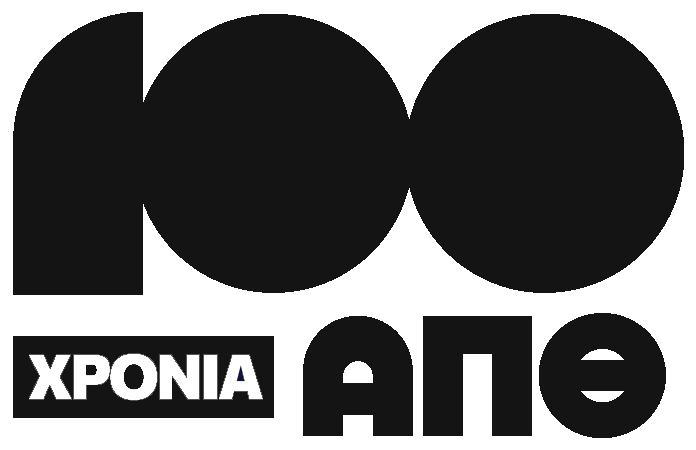- Chemical Bonding in Solids, The periodic table of the elements, covalent-, Ionic – , metallic -, hydrogen- and van der Waals Bond .
- Dynamics of Atoms in Crystals 1: Crystal potential, equation of motion, monoatom-ic and diatomic linear chain.
- Dynamics of Atoms in Crystals 2: Scattering from time-varying structures, phonon spectroscopy, elastic properties of crystals. Experimental setup Raman Spectros-copy. Problems.
- Thermal properties 1: Density of States, thermal energy of a harmonic oscillator, specific heat capacity. Problems.
- Thermal properties 2: Effects due to anharmonicity, thermal expansion, heat conduction by phonons.
- The “Free” electrons in solids 1: The Free-Electron Gas in an Infinite Square-Well Potential, Fermi Gas at T = 0 K.
- The ” free” electrons in solids 2: Fermi statistics, specific heat capacity of electrons in metals, electrostatic screening in a Fermi Gas -the Mott Transition, thermionic Emission of electrons from Metals. Problems.
- The electronic Bandstructure of Solids 1: General symmetry properties, nearly free-electron approximation, Problems.
- The electronic Bandstructure of Solids 2: Tight-binding approximation, examples of bandstructures, Density of states – in crystalline and in Non-Crystalline solids, Pho-toemission Spectroscopy.
- Motion of Electrons and Transport Phenomena 1: Motion of electrons in bands and the effective Mass, currents in bands and holes, scattering of electrons in bands, Problems.
- Motion of Electrons and Transport Phenomena 2: Boltzmann equation and relaxa-tion time, electrical conductivity of metals, thermoelectric effect, Wiedemann-Franz law, electrical conductivity of localized electrons., Problems.
- Optical properties of Solids 1: Dielectric Function, absorption of electromagnetic radiation, dielectric function for a harmonic oscillator, longitudinal and transverse normal modes, surface waves on a Dielectric. Problems.
- Optical properties of Solids 2: Local Field, polarization catastrophe and ferroelec-trics, free-electron Gas, interband transitions, excitons, dielectric energy Losses of Electrons. Experimental setups: Infrared Spectroscopy, The Frustrated Total Reflec-tion Method. Problems.
- Semiconductors 1: Bandstructure of important semiconductors, charge carrier den-sity in intrinsic Semiconductors, doping of semiconductors. Problems.
- Semiconductors 2: Conductivity of semiconductors, p-n Junction and the Met-al/Semiconductor Schottky Contact, Semiconductor Heterostructures and Superlat-tices. Experimental setups: Hall effect, Cyclotron Resonance in Semiconductors

